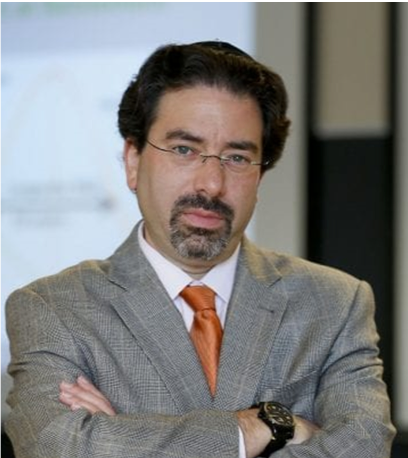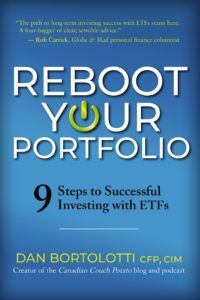By John De Goey, CFP, CIM
Special to the Financial Independence Hub
The old joke is that opinions are like noses – everybody has one. The other thing everyone says about opinions is that we’re all entitled to them. If we’re speculating about how things that have never happened in the past might play out in the future, there’s also a bit of fun involved. Friends can rib each other about which among them is the better prognosticator. Adam Grant’s latest book, Think Again, encourages readers to rethink what is already known, which might just mean ‘what they believe.’
Grant says we should beware the “I’m-not-biased” bias: recognizing the flaws in other people’s thinking, but assuming you’re immune. He says the less biased you think you are, the less likely you are to catch yourself. To paraphrase: “If knowledge is power, then knowing what you don’t know is wisdom.” It might also be handy to keep a mirror handy and question your own beliefs more often.
The next Bear market
I’ve recently completed an exchange with a friend about one of the most common financial advisor narratives and how those might play out if there was to be a prolonged and severe bear market. To begin, although I personally think such an outcome is probable in the near term (which created a sense of urgency for the thought exercise), the important thing is to game out what we think and why we think it before the event happens. Other than reading my thoughts into the record for posterity, the timing is inconsequential. We may not have a large enough drawdown in the next 20 years, so we may not be able to test which hunches are closer to the mark during my career.
This exercise is especially interesting when we think of the lack of reliable counterfactuals. Basically, advisors say they do a good job of keeping people invested in bear markets and naturally want to take credit for doing so. The questions abound:
- What would clients have done if they hadn’t worked with the advisor?
- If the advice was consistent to hold and (say) 95% of clients held, is there culpability for the 5% who sold?
- What if (say) 85% of the clients would have held if left to their own devices, anyway?
- Combining the two hypothetical points above, the changed behaviour is felt for only 15% of clients, 10% who held when they would have otherwise sold; 5% who sold despite being advised to hold. Would that justify a narrative of ‘advisors adding value through behavioural coaching’?
- If the drop is bigger and lasts longer, clients might behave differently, so what does this mean for advisor accountability? Taking or foregoing credit or blame regarding client conduct might change if one offered the same advice but got different outcomes as the situation dragged on.
- Here’s a fun one: If an advisor gets credit for encouraging a client to hold through a 30% drop and then the market drops a further 30% and the advisor still encourages the client to hold, but the client sells, would it have been better for the advisor to have allowed the sell to have taken place sooner? If yes, is that advisor ‘worse’ for not allowing the client to sell sooner?
My concern in this exercise is a sort of first-derivative optimism bias. I have a view that advisors are optimistic in general. Continue Reading…
Share this:
- Click to share on X (Opens in new window) X
- Click to share on LinkedIn (Opens in new window) LinkedIn
- Click to share on Facebook (Opens in new window) Facebook
- Click to share on Reddit (Opens in new window) Reddit
- Click to email a link to a friend (Opens in new window) Email
- Click to print (Opens in new window) Print









